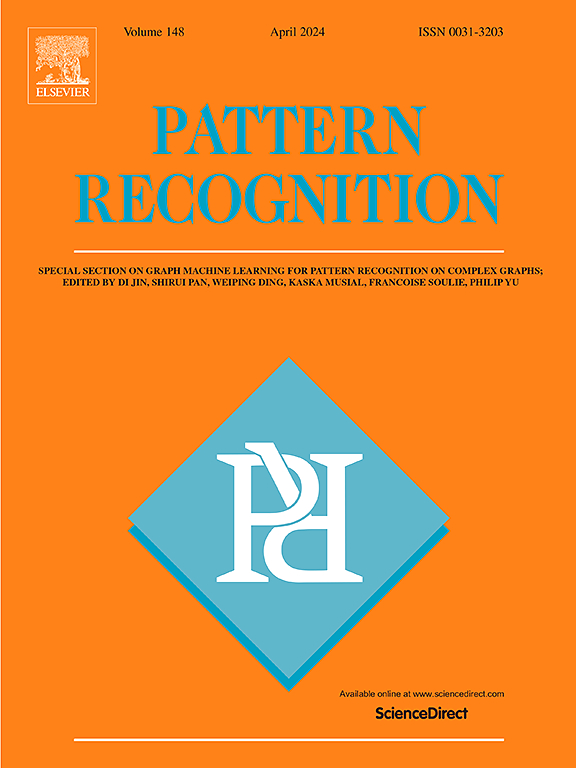FILP-3D: Enhancing 3D few-shot class-incremental learning with pre-trained vision-language models
IF 7.5
1区 计算机科学
Q1 COMPUTER SCIENCE, ARTIFICIAL INTELLIGENCE
引用次数: 0
Abstract
Few-shot class-incremental learning (FSCIL) aims to mitigate the catastrophic forgetting issue when a model is incrementally trained on limited data. However, many of these works lack effective exploration of prior knowledge, rendering them unable to effectively address the domain gap issue in the context of 3D FSCIL, thereby leading to catastrophic forgetting. The Contrastive Vision-Language Pre-Training (CLIP) model serves as a highly suitable backbone for addressing the challenges of 3D FSCIL due to its abundant shape-related prior knowledge. Unfortunately, its direct application to 3D FSCIL still faces the incompatibility between 3D data representation and the 2D features, primarily manifested as feature space misalignment and significant noise. To address the above challenges, we introduce the FILP-3D framework with two novel components: the Redundant Feature Eliminator (RFE) for feature space misalignment and the Spatial Noise Compensator (SNC) for significant noise. RFE aligns the feature spaces of input point clouds and their embeddings by performing a unique dimensionality reduction on the feature space of pre-trained models (PTMs), effectively eliminating redundant information without compromising semantic integrity. On the other hand, SNC is a graph-based 3D model designed to capture robust geometric information within point clouds, thereby augmenting the knowledge lost due to projection, particularly when processing real-world scanned data. Moreover, traditional accuracy metrics are proven to be biased due to the imbalance in existing 3D datasets. Therefore we propose 3D FSCIL benchmark FSCIL3D-XL and novel evaluation metrics that offer a more nuanced assessment of a 3D FSCIL model. Experimental results on both established and our proposed benchmarks demonstrate that our approach significantly outperforms existing state-of-the-art methods. Code is available at: https://github.com/HIT-leaderone/FILP-3D
求助全文
约1分钟内获得全文
求助全文
来源期刊

Pattern Recognition
工程技术-工程:电子与电气
CiteScore
14.40
自引率
16.20%
发文量
683
审稿时长
5.6 months
期刊介绍:
The field of Pattern Recognition is both mature and rapidly evolving, playing a crucial role in various related fields such as computer vision, image processing, text analysis, and neural networks. It closely intersects with machine learning and is being applied in emerging areas like biometrics, bioinformatics, multimedia data analysis, and data science. The journal Pattern Recognition, established half a century ago during the early days of computer science, has since grown significantly in scope and influence.
 求助内容:
求助内容: 应助结果提醒方式:
应助结果提醒方式:


